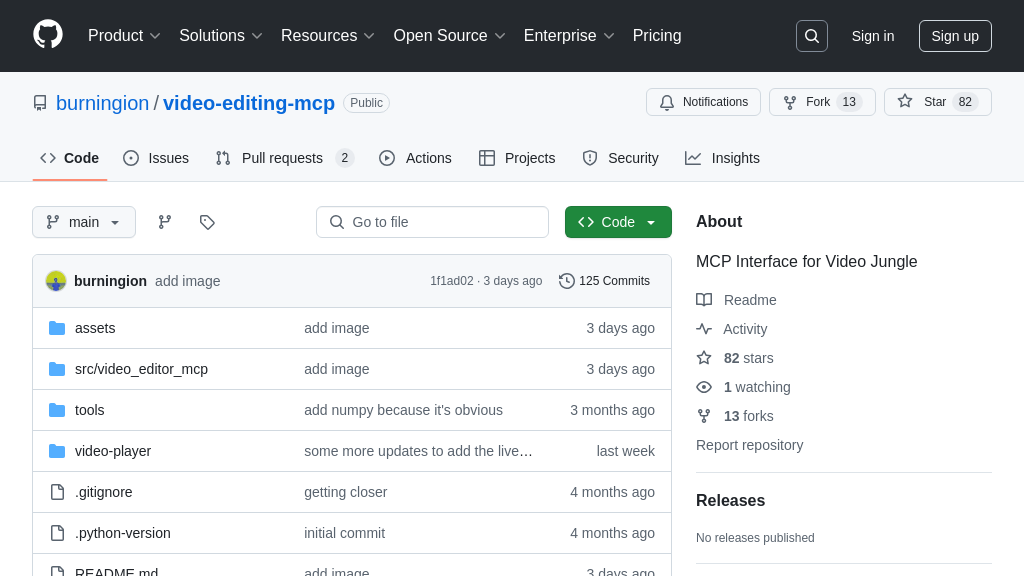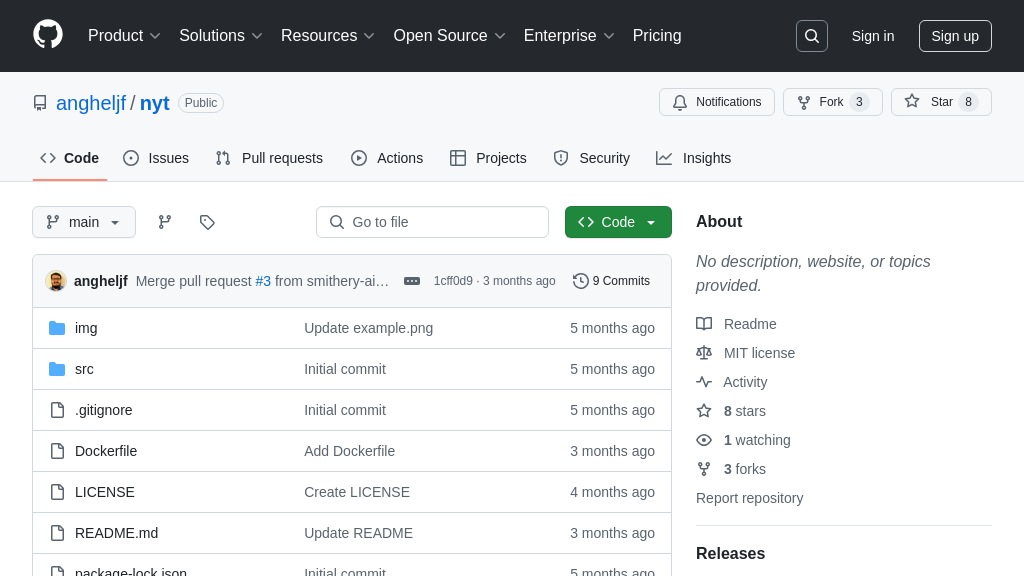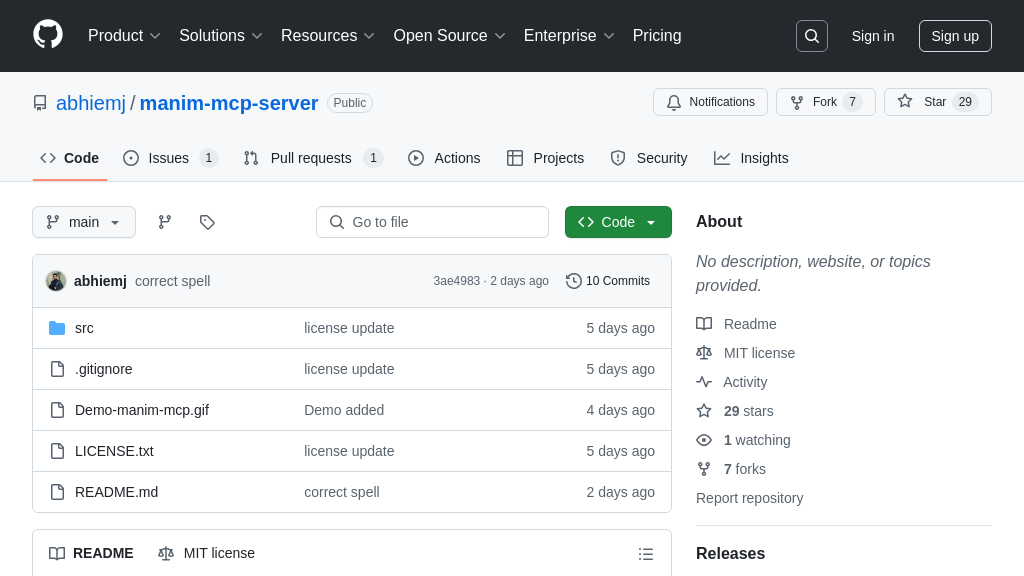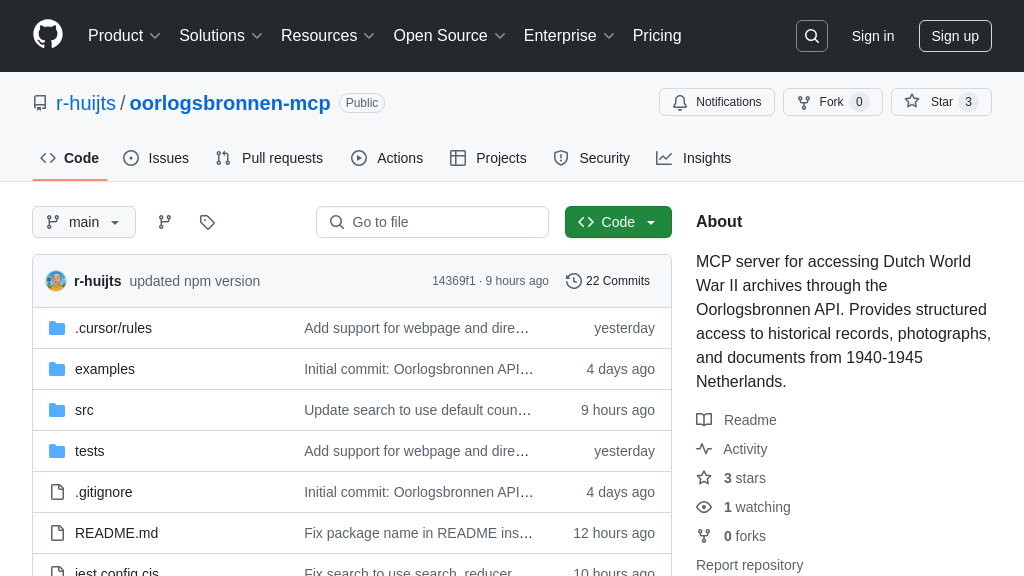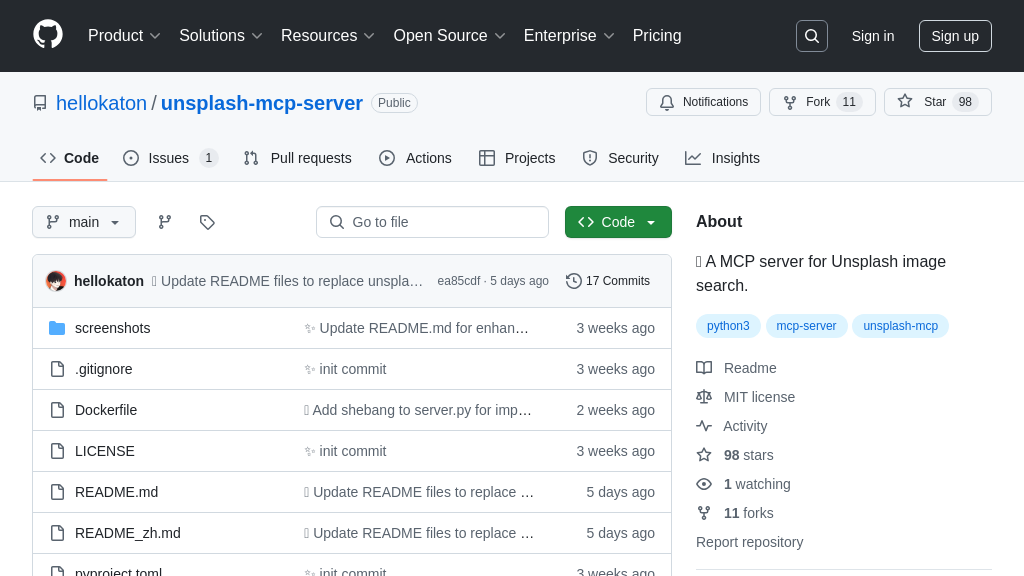piapi-mcp-server
Piapi-mcp-server: An MCP server for AI-driven media generation via PiAPI. Supports Midjourney, Kling, Luma and more.
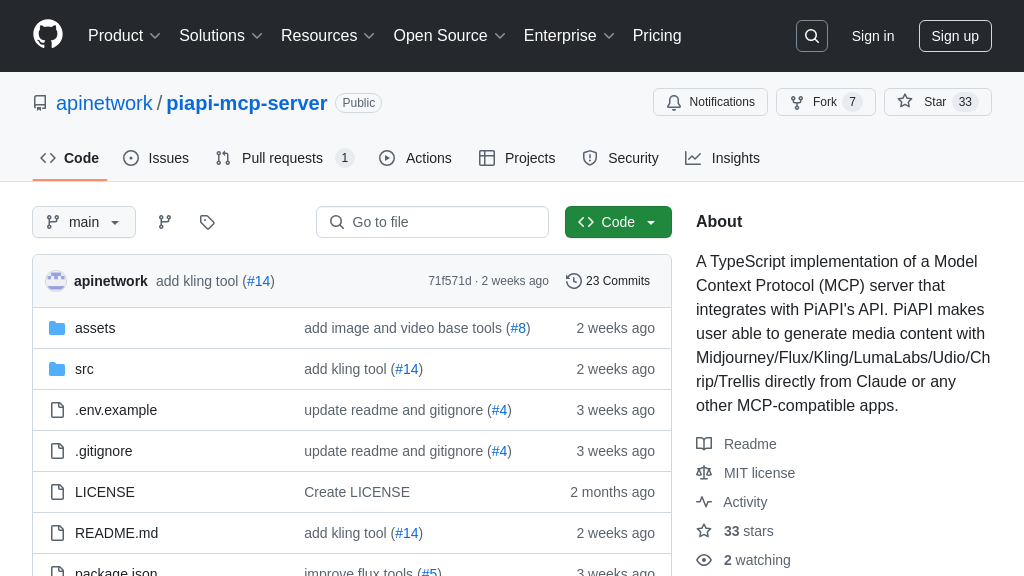
piapi-mcp-server Solution Overview
piapi-mcp-server is a versatile MCP server built with TypeScript, designed to seamlessly integrate AI models with PiAPI's powerful media generation capabilities. It empowers developers to leverage Claude or other MCP-compatible applications to generate diverse media content using services like Midjourney, Flux, Kling, and LumaLabs.
This server offers a rich toolkit for image and video creation, including text-to-image, image-to-video, and music generation functionalities. It addresses the developer need for streamlined access to cutting-edge media creation tools directly within their AI workflows. By acting as a bridge between AI models and PiAPI, piapi-mcp-server unlocks new creative possibilities and enhances the functionality of AI applications.
The server is easily integrated via Node.js and configured with tools like Claude Desktop and Cursor, making it accessible to a wide range of developers. Its value lies in simplifying complex media generation processes and enabling AI models to produce rich, engaging content.
piapi-mcp-server Key Capabilities
Media Content Generation via PiAPI
The piapi-mcp-server acts as a bridge, enabling AI models to generate diverse media content through PiAPI's extensive suite of tools. It translates requests from MCP-compatible clients into PiAPI calls, abstracting away the complexities of interacting with individual media generation services like Midjourney, Kling, and Luma AI. This allows AI models like Claude to seamlessly orchestrate the creation of images, videos, and music without needing specific integrations for each platform. For example, a user could ask Claude to "create a video of a cat playing with a ball," and the piapi-mcp-server would handle the process of using PiAPI to generate the video via a suitable video generation tool. This feature significantly expands the creative capabilities of AI models by providing access to a wide range of media creation tools.
Technically, the server receives requests via standard input/output or HTTP/SSE, parses the request, authenticates with PiAPI using the provided API key, and then calls the appropriate PiAPI endpoint based on the requested action. The generated media is then returned to the client.
Unified Interface for Multiple Tools
This server provides a unified interface to interact with various media generation tools through the Model Context Protocol. Instead of directly integrating with each tool's API, AI models can use the piapi-mcp-server as a single point of contact. This simplifies the integration process and reduces the complexity of managing multiple API connections. For instance, an AI model can use the same "generate image" command to create images using Midjourney, Flux, or other supported tools, with the piapi-mcp-server handling the specific API calls and data format conversions for each tool. This abstraction promotes code reusability and makes it easier to switch between different media generation tools.
The server achieves this by mapping generic MCP requests to specific PiAPI calls. It maintains a configuration that defines how each MCP action translates into a PiAPI request, including the necessary parameters and data transformations. This mapping allows the server to dynamically adapt to different media generation tools without requiring code changes.
Workflow Planning Inside LLMs
The piapi-mcp-server facilitates complex workflows by allowing Large Language Models (LLMs) to plan and execute multi-step media generation processes. LLMs can use the server to chain together different media generation tasks, such as generating an image, then creating a video based on that image, and finally adding background music. This enables the creation of sophisticated media content that would be difficult or impossible to achieve with a single API call. For example, an LLM could be instructed to "create a promotional video for a new product," and it could use the piapi-mcp-server to generate product images, create video clips showcasing the product, and add a catchy jingle.
This functionality is enabled by the server's ability to handle multiple requests in sequence and to pass data between different media generation tools. The LLM can use the server to orchestrate the entire workflow, ensuring that each step is executed in the correct order and with the appropriate parameters.
Technical Implementation
The piapi-mcp-server is implemented in TypeScript, leveraging Node.js for its runtime environment. This choice provides a balance between performance and developer productivity. The server utilizes environment variables for configuration, including the PiAPI API key, which enhances security and simplifies deployment. The project structure is organized to separate concerns, with the src/index.ts file serving as the main entry point and the assets/ directory potentially holding static resources. The use of npm for package management and build scripts ensures a consistent and reproducible development environment. The MIT license promotes open-source collaboration and allows for flexible usage of the server.
